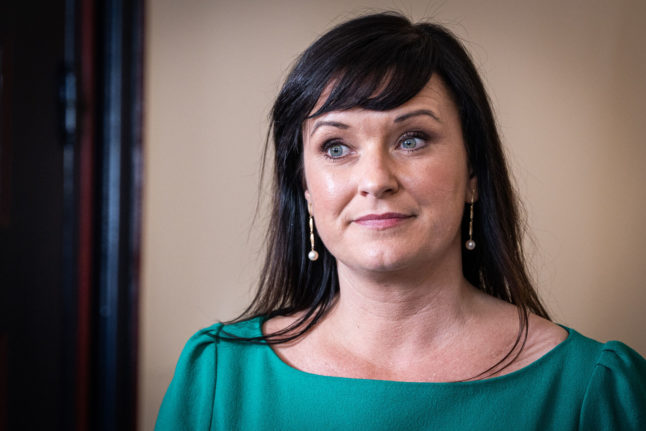Since 2004, there has been a significant increase in the consumption of anti-depressant medication in Italy, according study carried out by the Italian Agency for Medication (Aifa) and presented on Wednesday in Rome.
Entitled ‘The use of medication in Italy’, the report found a 4.5 percent increase in the use of antidepressants between 2004 and 2012.
In particular, women are the most frequent users of antidepressants, a trend which increases steadily between the ages of 35 and 44, when women take an average of 44 doses of medication per thousand habitants, compared with 37 doses for men.
This discrepancy was most notable in the over-75 years category where the dose per thousand habitants was 175 for women compared with 131 for men.
And this increase is not set to change any time soon, Luca Pani, chief executive of the Agency for Medication (Aifa) told Il Fatto Quotidiano.
“By 2020, after cardiovascular diseases, depression will be the illness responsible for the loss of the most number of years of someone’s active and healthy life,” Pani said.
Articolotre reports that medication guidelines recommend a treatment of at least six months in patients with depression, due to the risk of relapse.
However, 50 percent of patients being treated with antidepressants stop taking their medication within the first three months, and 70 percent within the first six months.
It’s only the latest evidence that paints a bleak picture of the mood of the country.
See also: Why are Italians so miserable?
Earlier this month, The Local reported that Italy trails behind the UK, France and Germany when it comes to being happy in the World Happiness Survey.
The survey, which ranked 156 countries, was based on a combination of self-declared happiness factors, including health, family, job security and freedom from political oppression and corruption.



 Please whitelist us to continue reading.
Please whitelist us to continue reading.
Member comments